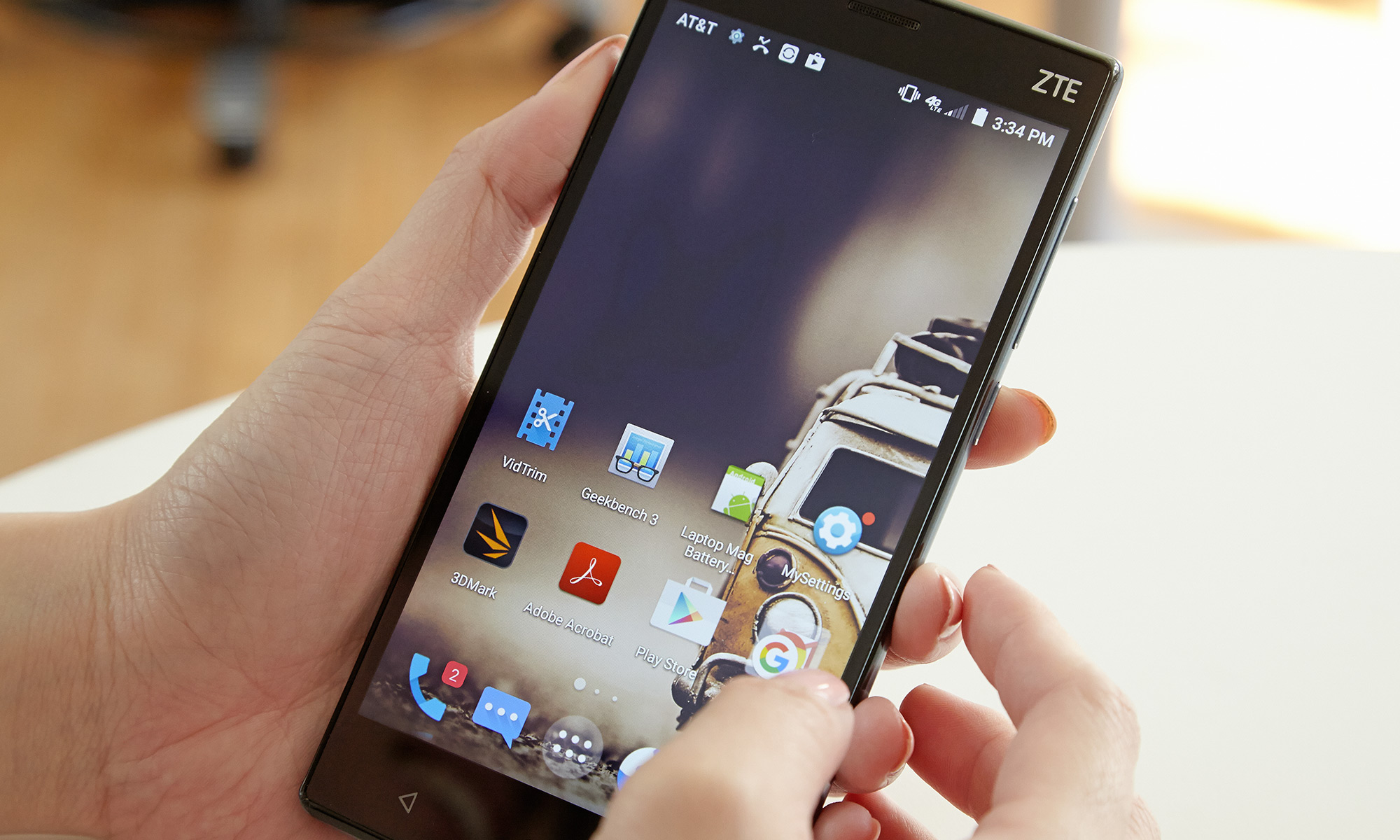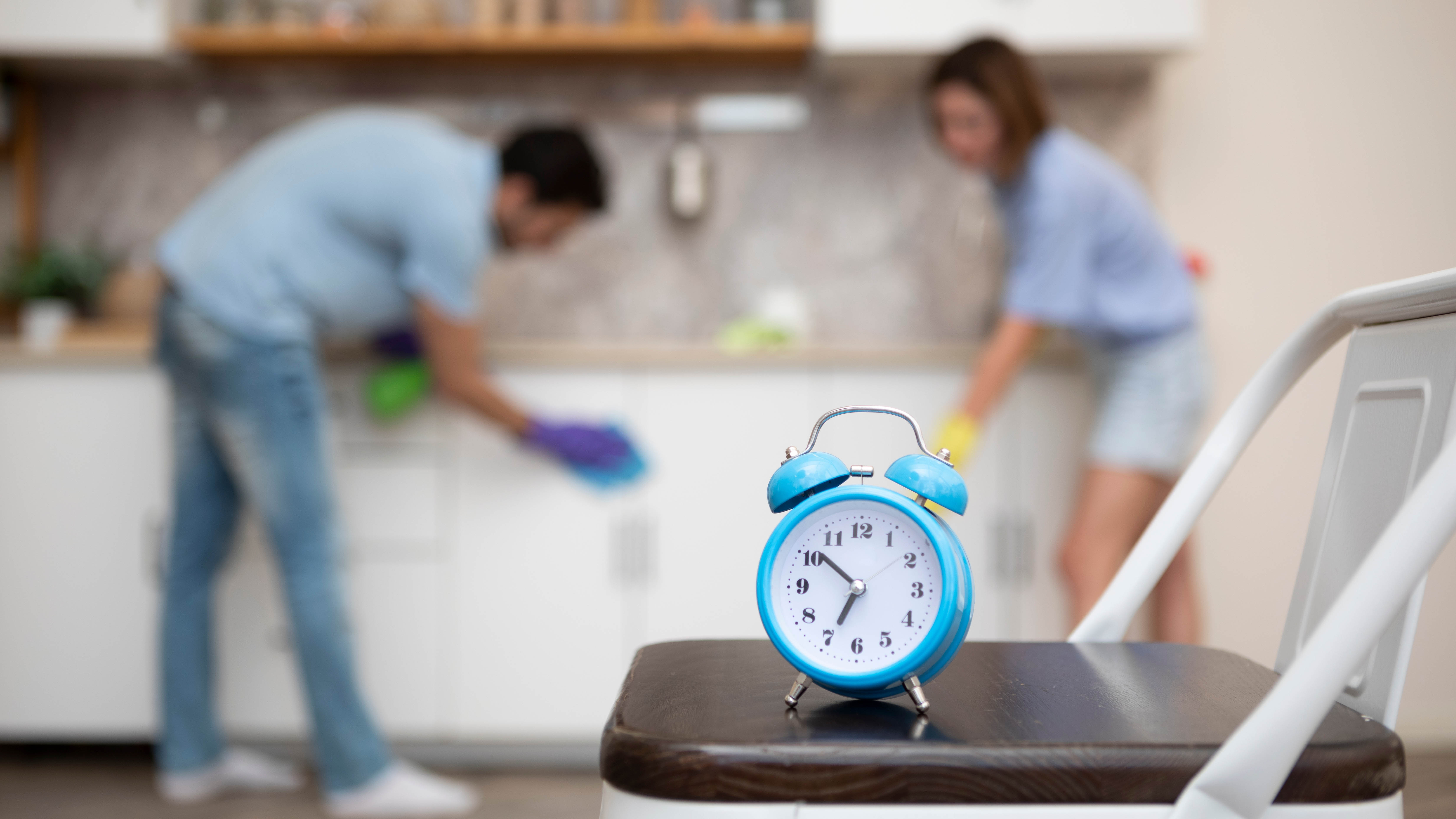Tom's Guide Verdict
ZTE's Zmax 2 is an attractive option for bargain hunters who want a big-screen phone that lasts throughout a busy day.
Pros
- +
Great audio
- +
Good battery life
- +
Removable battery
- +
Attractive price tag
Cons
- -
Unreliable camera
- -
Dull display
- -
On/off switch is too close to volume controls
Why you can trust Tom's Guide
Budget phones don't have to be spectacular — just dependable and attractively priced. The Zmax 2 from ZTE pulls off both of those tricks, with a battery that stays powered throughout the day and a $99 price tag if you get the phone through AT&T.
The Zmax 2's performance won't set any speed records, and its camera has some problems focusing, but bargain hunters who just want a solid phone with a generously sized screen should consider this low-cost option.
Design: A Bit of Heft
A phablet takes up some real estate, and at 6.1 x 3 x 0.37 inches, the Zmax 2 is no exception. I tend to favor small-screen phones, so I definitely noticed when I had the Zmax 2 tucked into my pocket. But fans of phones with large screens likely won't notice.
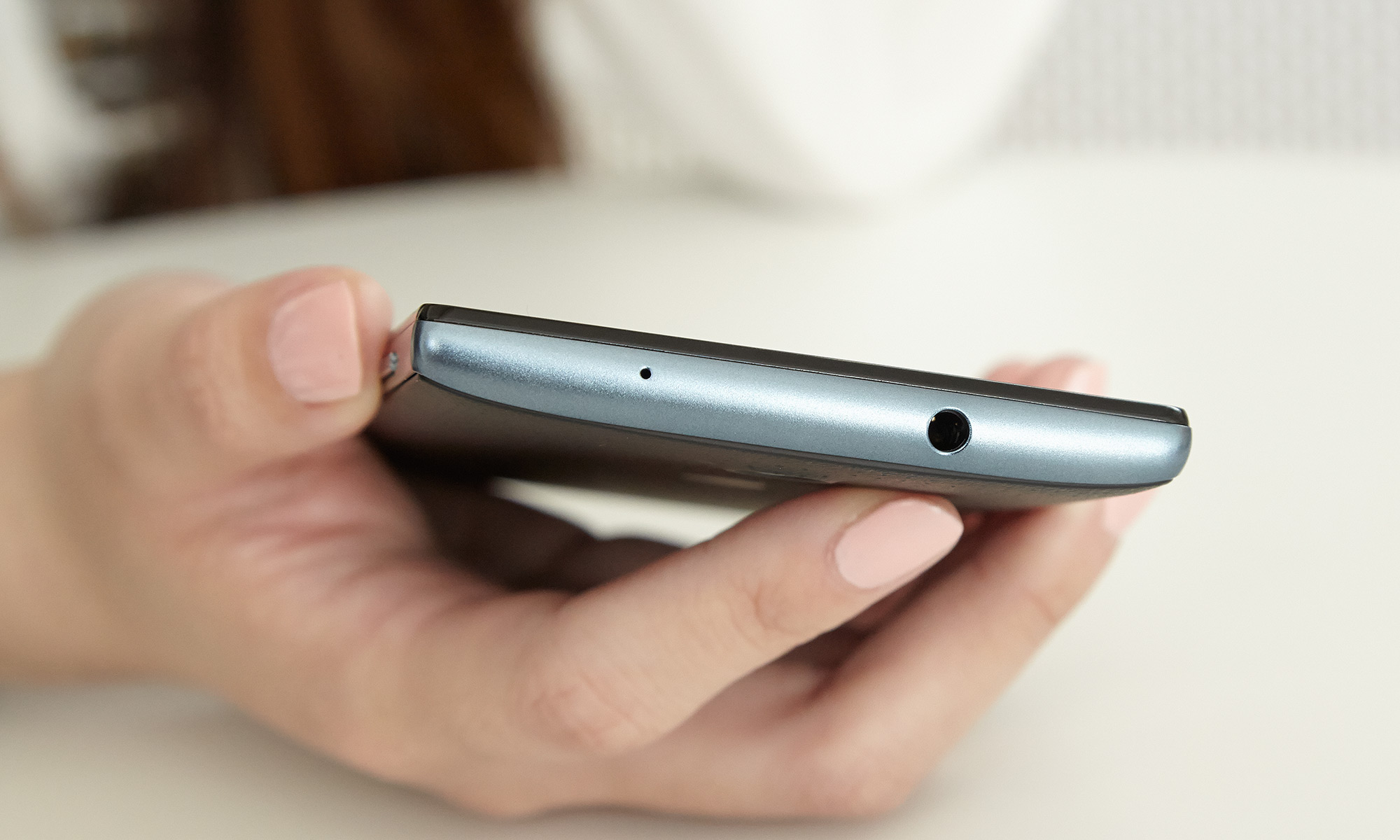
You will notice how heavy the 6-ounce Zmax 2 feels for a plastic phone. To put that in context, it weighs roughly the same as the aluminum-and-glass iPhone 6 Plus, which has the same size display as the ZTE phone. At least the ZTE has a nice textured back that makes it easy to grip.
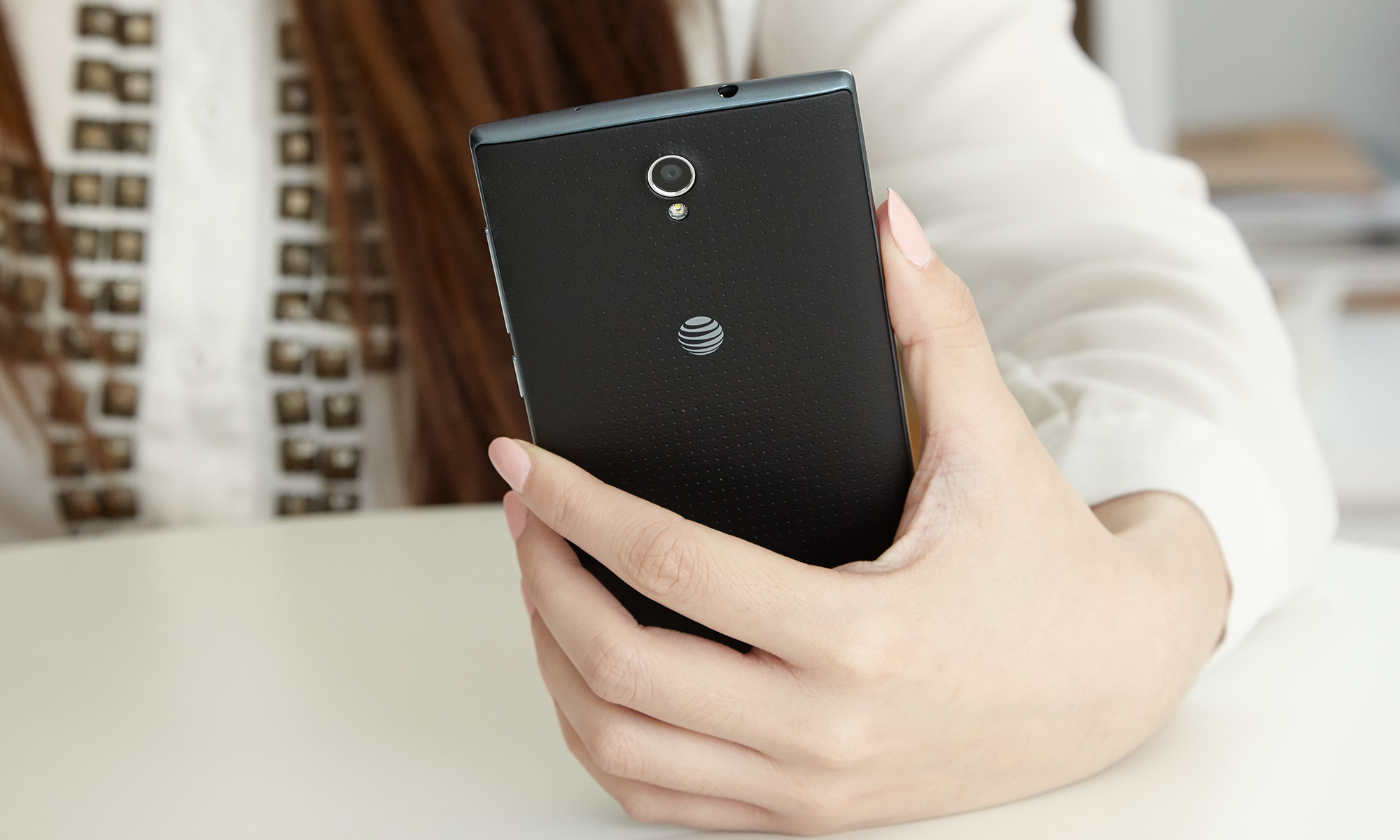
ZTE puts the on/off button perilously close to the volume rocker on the Zmax 2's right side. I often found myself shutting the phone down when all I wanted to do was adjust the volume.
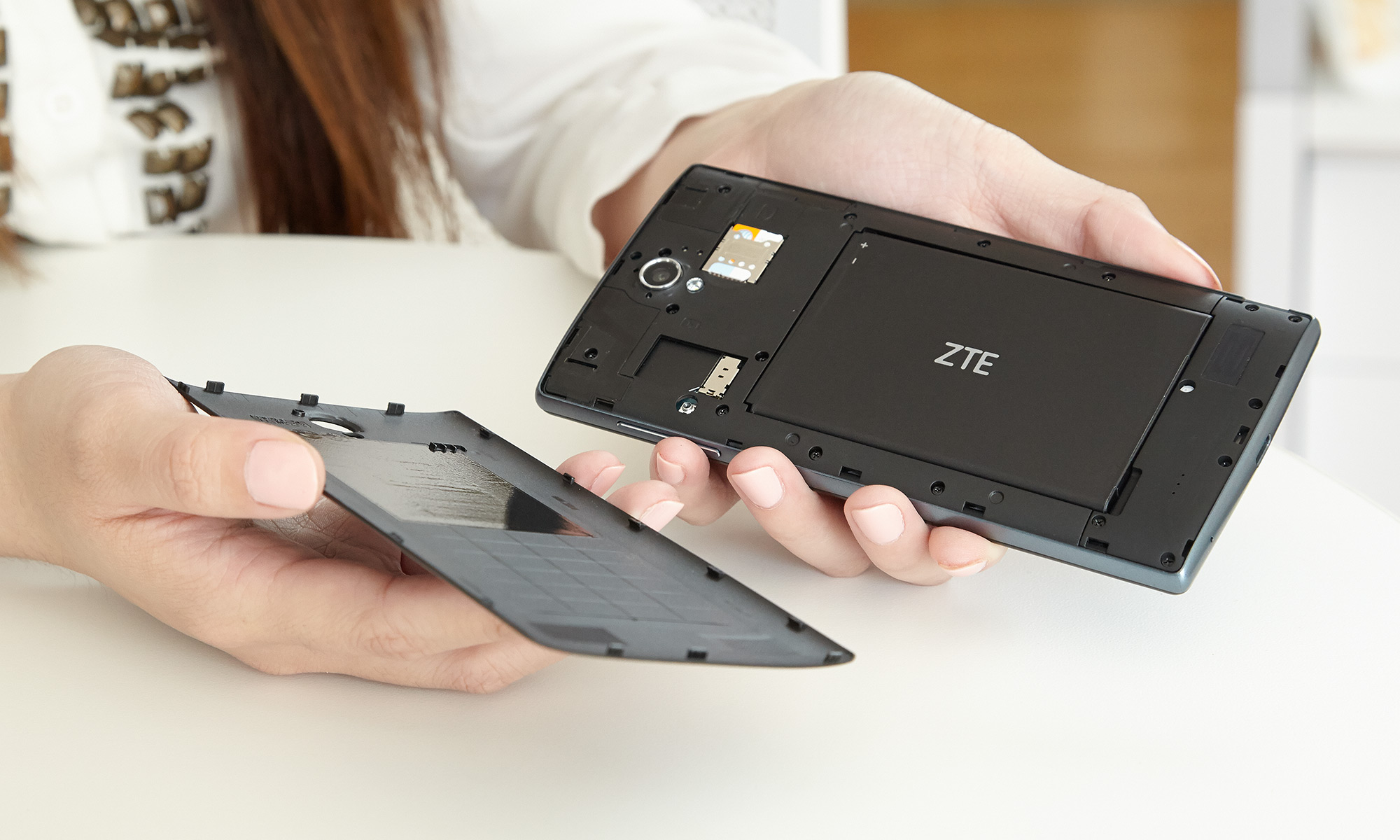
MORE: Best Cheap Unlocked Smartphones
Display: Big But Kinda Dim
The most noteworthy thing about the Zmax 2's screen is its 5.5-inch size. Certainly, the 1280 x 720 resolution won't set the pulse racing, as video really doesn't stand out on the giant display. Despite the real estate, a trailer for Rogue One: A Star Wars Story looked ordinary rather than epic. The Zmax 2 handles colors well, with the green ghost slime in the Ghostbusters trailer looking particularly bright. Reds, such as those in the Ghostbuster logo, seemed a little muted, though.

Part of the problem is the phone's brightness, or lack thereof. The Zmax 2's screen registered 380 nits on our light meter. That's dimmer than both the average smartphone (437 nits) and a pair of budget phones also available to AT&T prepaid customers — the HTC Desire 626 (459 nits) and the Motorola Moto E (393 nits). In direct sunlight, it's very hard to see details on the Zmax 2's display, large screen or not.
Audio: Excellent
Audio is a different story. With Dolby Audio speakers, the Zmax 2 produces some of the best sound I've heard on a smartphone, especially for a low-cost one. I could easily hear an episode of Anthony Bourdain: Parts Unknown streaming from the other side of my office, and the B-52s' "Love Shack" lacked the tinniness I've come to expect from smartphone speakers. Still, percussion had a fuzzy sound to it on music I streamed — an issue that disappeared when I plugged in some headphones.
With Dolby Audio speakers, the Zmax 2 features some of the best sound I've heard on a smartphone.
The speaker is tucked discreetly onto the phone's back, so sounds can seem muted if you lay the phone flat on a table. It's mostly noticeable when you go to pick up the phone and the sound adjusts.
Specs
Carrier: AT&T
Phone Display Size: 5.5 inches
Display Resolution: 1280 x 720
OS: Android 5.1
CPU: 1.2-GHz quad-core Qualcomm Snapdragon 400
RAM: 2GB
Storage: 16GB
Memory Expansion Type: microSD card, up to 32GB
Bluetooth Type: Bluetooth 4.0
Wi-Fi: 802.11b/g/n
Size: 6.1 x 3 x 0.37 inches
Weight: 6 ounces
Performance: You Get What You Pay For
With a sub-$100 phone, you'll have to accept certain compromises with the components inside the device. Indeed, the quad-core 1.2-GHz Snapdragon 400 CPU that powers the Zmax 2 isn't going to set any speed records. But with 2GB of RAM included, ZTE's phone turns in a respectable performance when measured against similarly priced devices.
MORE: How to Buy the Right Smartphone for Your Needs
In my everyday use of the phone, I found the Zmax 2 offered acceptable performance. I didn't notice any lag when launching apps, particularly if the apps were already running in the background. The Zmax 2 did have trouble running Modern Combat 5; some scenes showed occasional stutter, and the app quit completely once after a particularly frenzied firefight. If you're not planning to run processor-intensive games, though, the Zmax 2 should offer enough basic horsepower to meet your needs.
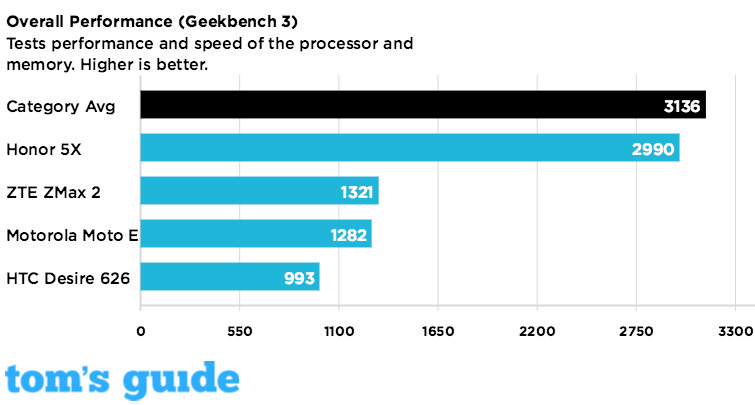
The Zmax 2 turned in a score of 1,321 on the Geekbench 3 performance test. While that's much lower than the average smartphone score, it beats the results of both the Moto E (1,282) and the HTC Desire 626 (993), which AT&T offers as low-cost options alongside the Zmax 2. As for the Zmax 2's unlocked competition, the Huawei Honor 5X doubles the ZTE phone's score.
The story is the same with graphics performance, as measured by the 3DMark Ice Storm Unlimited test. The Zmax 2's score of 4,369 fell just behind the Moto E (4,492) while outpacing the Desire 626. The Zmax 2 did fare the worst of these budget phones in our video-editing test, taking a pokey 9 minutes and 44 seconds to convert a 204MB, 1080p video to 480p in VidTrim.
Camera: Flummoxed by Focusing
The Zmax 2's 8-megapixel rear camera proved to be temperamental, taking nice, crisp shots in some circumstances and indistinct blurs in others — sometimes, in photos featuring the same subject.


At its best, the Zmax 2's camera produces colorful images and captures even tiny details. The camera soaked up every bit of brightness from these California poppies growing in my backyard, and even caught the wavy grain of the wood on the green fence behind them.

Likewise, a photo of a dinner salad captures every fleck of cheese on the arugula leaves. Some of the leaves are less distinct than others, particularly toward the foreground, but overall, that's a sharp-looking shot.

The same can't be said of the photograph of the pizza placed less than a foot away from that salad and bathed in the same favorable light. The toppings blend together, with the chicken looking indistinct from the cheese. Only a portion of the crust doesn't look fuzzy.
An even sharper contrast comes from photos of my daughter, taken within seconds of each other. One is a blur, with my daughter's face partially washed out and no detail in focus. In the other, everything looks sharp and the details pop, from my kid's blue eyes to her purple headband. The lesson? Take multiple shots with the Zmax 2's rear camera, because there's no guarantee of getting a consistent look.
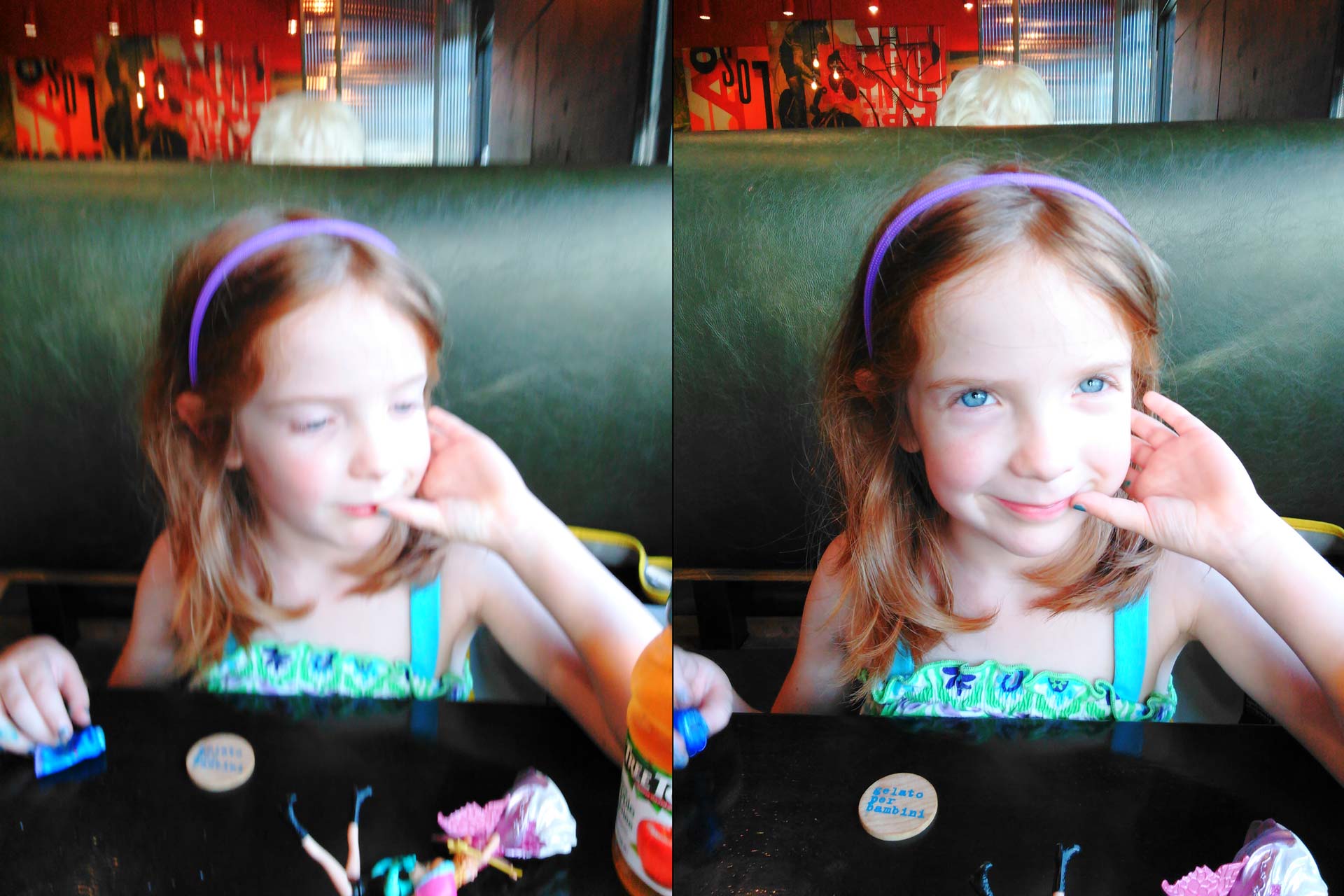
The Zmax 2 had the same focus issue when shooting video. I took this 720p video of my daughter when she suddenly started practicing her dance moves to the ambient music playing in a crafts store. The opening 4 seconds are a blur, as the Zmax 2's camera struggles to adjust; after that, everything's clear, albeit a little bouncy, thanks to my shaky hands. In fairness, other videos started out in focus when I had time to line up the shot, but with so many videos shot in the spur of the moment, that's of cold comfort.
I was less impressed with the Zmax 2's 2-MP front shooter, which doesn't excel at capturing details. A selfie took in the most favorable lighting conditions I could find produced an OK shot, though some of my facial features lacked sharpness. My stubble looked particularly fuzzy, and you'd be hard-pressed to tell the color of my shirt. (It's dark green, for those of you playing along at home.) Because there's no front flash for the Zmax 2, selfies shot in lower light look even more muted.

Among the camera modes included on the Zmax 2 is a smile-detection feature that will snap a photo the instant you crack a smile, whether you're using the front or rear cam. It works pretty well, though it will snap for as long as you smile, so be prepared for a film roll full of photos when you enable that mode.
Software: Too Many Apps
The Zmax 2 runs Android 5.1 Lollipop, which is becoming an older version of the OS as more devices upgrade to Marshmallow but still in line with what you'll find on similarly priced phones. AT&T makes sure to put its stamp on the phone, with nine apps preinstalled; only the myAT&T and Visual Voicemail apps appear the least bit useful. Other preinstalled apps, like Uber and Amazon, seem like ones you're more likely to use.
There's one quirk with the Zmax 2 that may flummox Android users. Instead of swiping the lock screen to get to your apps, you press and hold until the phone unlocks. It takes a little bit of getting used to, but I actually preferred this press-and-hold method for unlocking my phone.
Battery: No Compromise Here
Other Zmax 2 specs may not impress, but ZTE certainly didn't skimp on the battery. A 3,000-mAh pack keeps the Zmax 2 running through the day. And if you need more power, just pop off the back cover and swap in a new battery.
MORE: Smartphones with the Longest Battery Life
You shouldn't need to, though. On the Tom's Guide Battery Test, which involves web surfing over AT&T's 4G LTE network, the Zmax 2 lasted 9 hours and 25 minutes. That runtime is an hour longer than that of the average smartphone and better than the Moto E (8:32). The more expensive Honor 5X turned in a comparable 9:22.
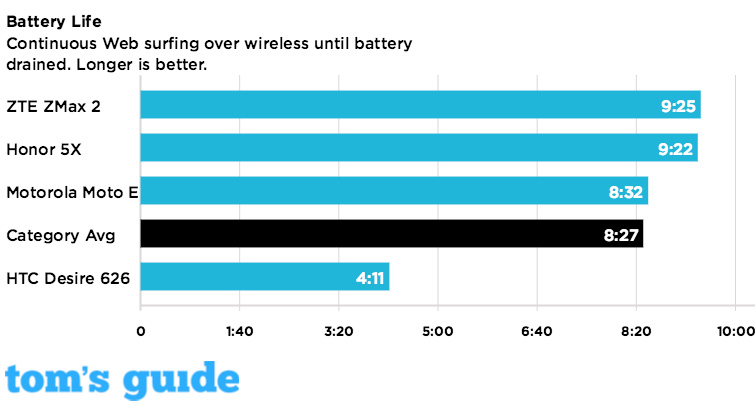
The Zmax 2 also holds up well in real-world use. I started out an afternoon of streaming video, playing games and taking pictures with the battery only 85 percent charged. After forgetting to charge the phone overnight, I was surprised to see the Zmax 2's battery still had life in it the next morning — 18 percent, according to the phone's display. You'll certainly be able to get through the day on a full charge, which is a heck of a trick for a sub-$100 phone.
Bottom Line
There's no real standout feature with the Zmax 2, but there's no real noteworthy flaw, either. In a sub-$100 phone — particularly one with better-than-average battery life like ZTE's device — that's pretty ideal. People who depend on their smartphone as a camera may want to consider other low-cost options, such as the Moto E. But if you're willing to live with the occasional blurry shot, the Zmax 2 is one of the better sub-$100 phones available to AT&T customers.
Unlocked, the calculations change a little, as the cost of the Zmax 2 climbs to $179. At that point, you'd be better off springing for the Huawei Honor 5X, which features a higher-resolution 5.5-inch display, better performance and comparable battery life.
Philip Michaels is a Managing Editor at Tom's Guide. He's been covering personal technology since 1999 and was in the building when Steve Jobs showed off the iPhone for the first time. He's been evaluating smartphones since that first iPhone debuted in 2007, and he's been following phone carriers and smartphone plans since 2015. He has strong opinions about Apple, the Oakland Athletics, old movies and proper butchery techniques. Follow him at @PhilipMichaels.
